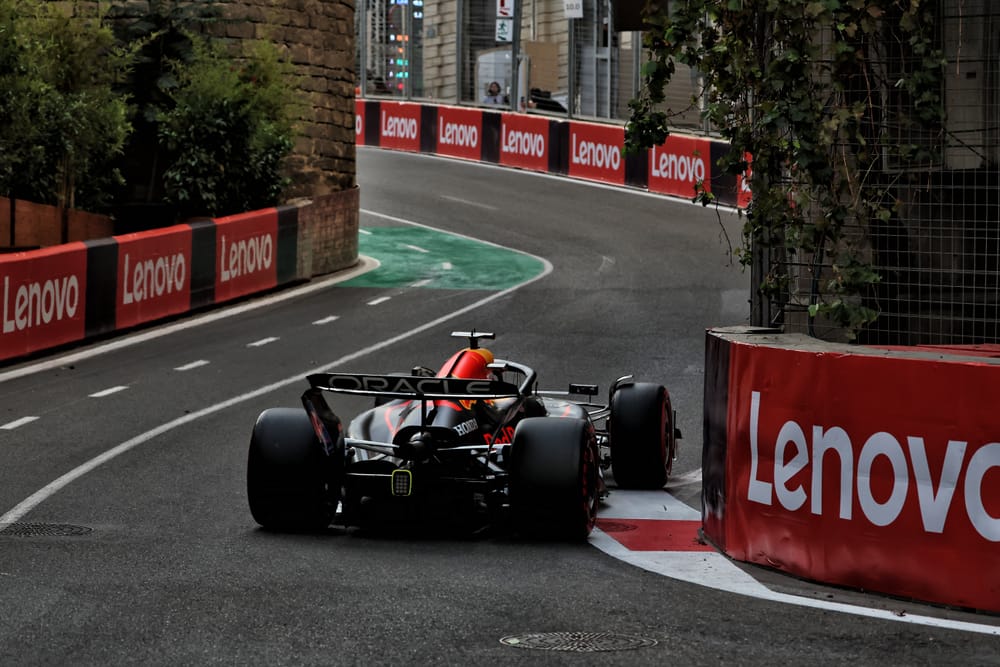The Baku streets, the winds whipping up off the Caspian Sea down through the narrow corridors between the tall buildings, invariably give Formula 1 crazy, randomised events here.
But even by those standards this was extreme.
With everyone invariably on low-downforce set-ups because of that 2km final stretch, the effect of the sudden gusts – up to 40mph – were even more extreme than at other tracks.
The difference in downforce and aero balance alone between one lap and the next was immense – and not guessable in advance. Friday had been relatively calm, Saturday was volatile throughout.
Now mix into that occasional drizzle and uncertainty about which of the soft or medium tyre was going to be better suited to the track at any given moment and it wasn’t really in the control of either the teams or the drivers to determine how they were going to do.
Alex Albon, Nico Hulkenberg, Franco Colapinto, Oliver Bearman, Charles Leclerc and Oscar Piastri all brought red flags out – and many more took to the escape roads.
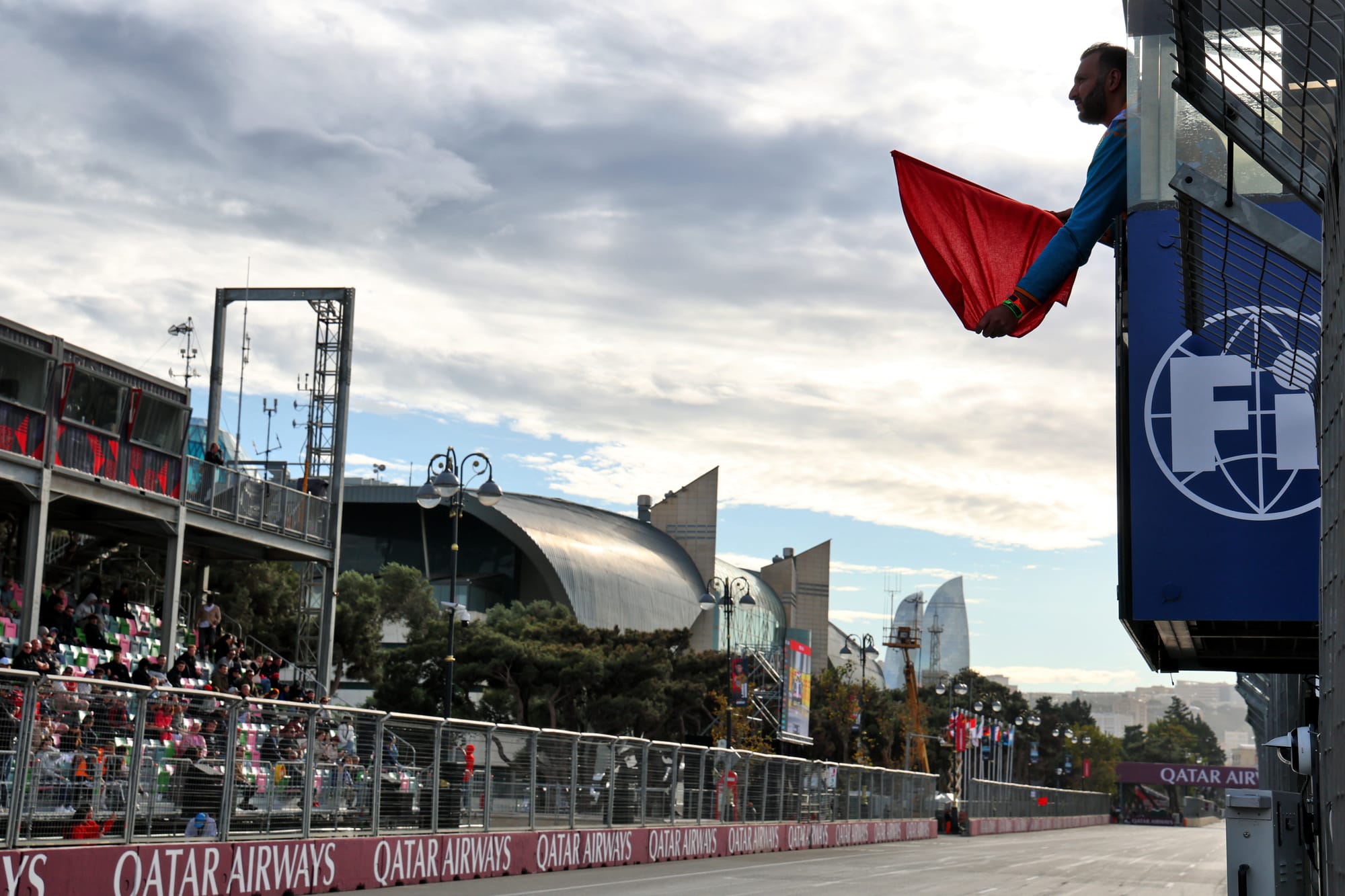
It’s not that suddenly they were idiots. It’s just how the gusts will affect a car deriving so much of its grip from the speed of the air moving over its surfaces.
Where on the track were you when the wind blew? When your senses and your brain were already arguing with each other: there’s rain on the visor, a sheen on the track but your tyres are still hot and gripping.
There’s opportunity here in that wet, windy air. How greedy do you dare be? When you know the fickle wind can just make a mockery of your commitment or smartness.
Yet somehow it was inevitable that it would be Max Verstappen and Red Bull who emerged on top.
“Yeah, there was wind, rain, we were not on the tyres I wanted because of all the red flags, there was understeer, oversteer, the car was pulling on the straights and there were all the interruptions,” he summarised.
But his sure-footedness, and that of a team so confident that he can pull them out of the stickiest situations, played a decisive part in him delivering the pole lap in the dying moments.
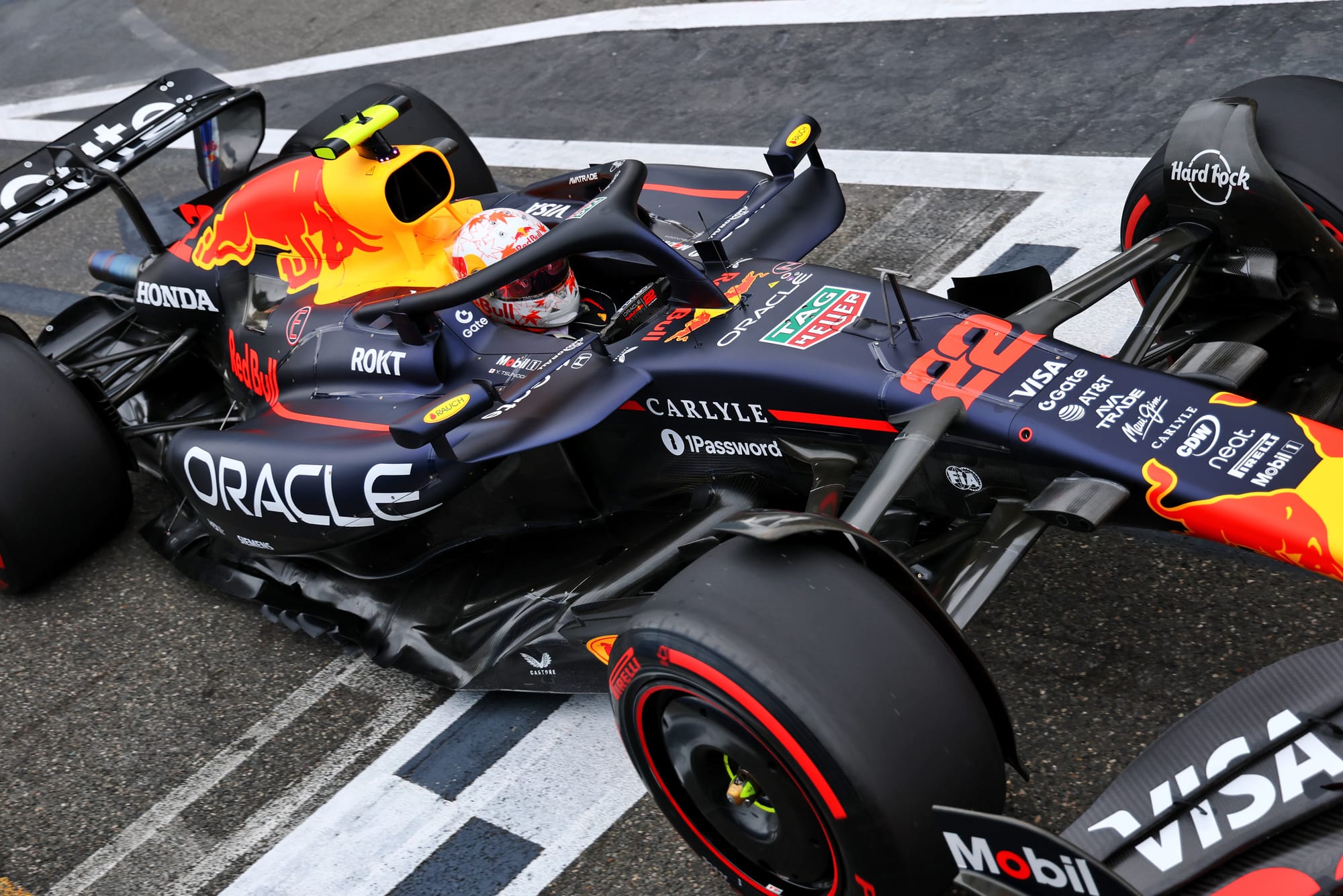
In the last three minutes of the restart from the sixth red flag – when only Carlos Sainz, Liam Lawson and Isack Hadjar had Q3 laps on the board - Red Bull put Verstappen and Yuki Tsunoda out last, putting them at great risk to further red flags, which seemed almost inevitable, but also allowing the six cars ahead of them to clear the dampness from the track surface – and the ramp-up from that was quite significant.
But that’s not to downplay Verstappen’s lap – which was 1s faster than his team-mate’s P6 and half a second faster than the provisional pole Sainz’s Williams had set before the Piastri red flag.
Such is his way of maintaining forward momentum regardless of how the car is squirming beneath him, the way he’s quite comfortable taking two or three bites into a turn based on the sensations he’s feeling as he first stands on the brakes and moves the steering, improvising his way through the lap.
It meant he was better equipped than anyone else to deal with these circumstances, especially in a car recently greatly improved in low-downforce form by carrying significantly more front wing than the others.
Just as at Monza, a front end in which he can derive the initial rotation into the corner more by steering and less by the rear end pivoting has increased his confidence a lot.
It isn’t faster in theory. But in the team’s recent transition away from the dictates of simulation and more towards the human feedback of F1’s best driver, it works.
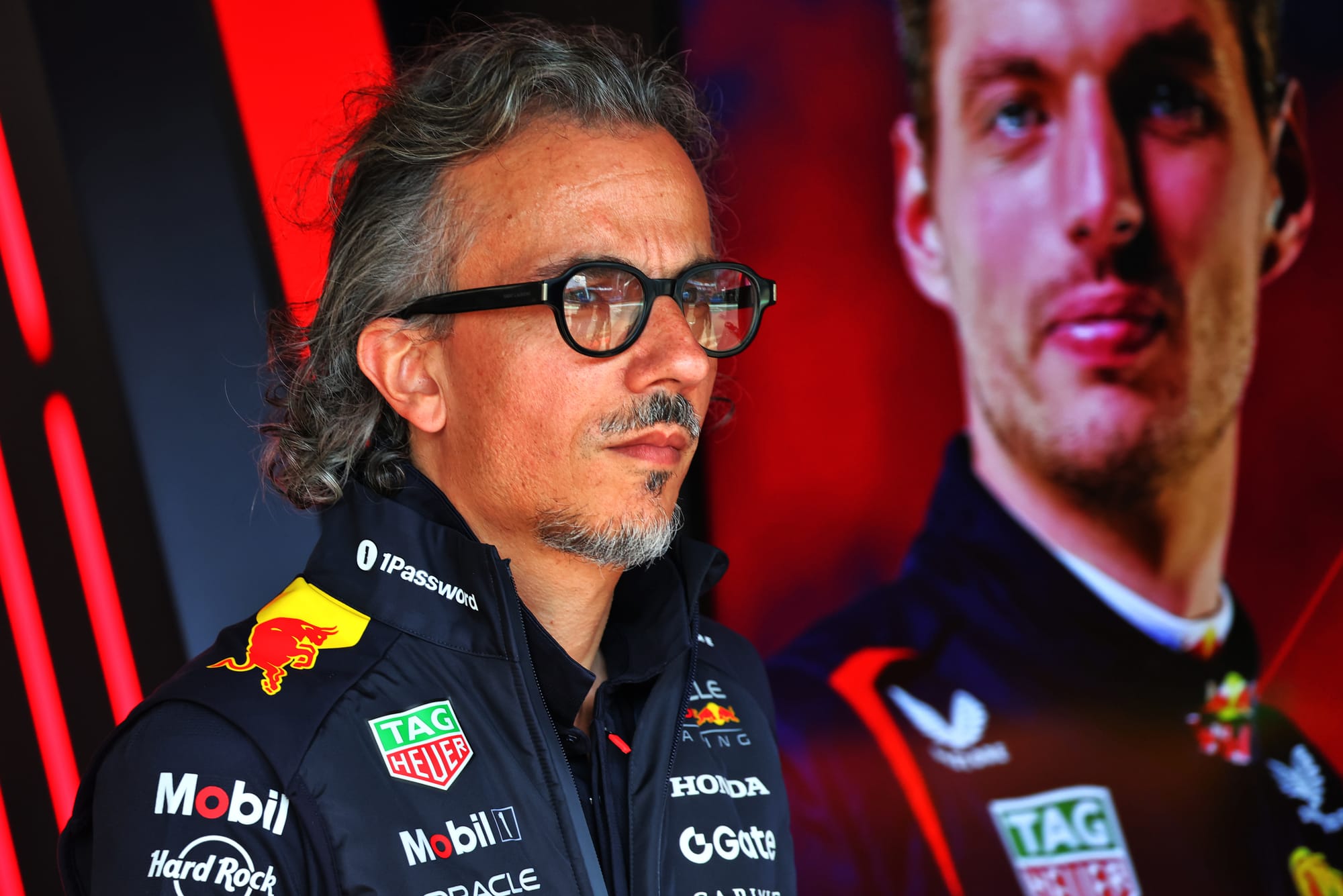
That’s the fastest way to set up and drive this car. In this real world.
Around here, even before the wind and the rain got involved, it was competitive with the McLaren, just as at Monza.
Even with a skinnier rear wing than either McLaren or Ferrari, it retains good downforce. Implying its underbody aero is perhaps still the best.
A car deriving a bigger proportion of its total downforce from the underbody than a rival will logically be less upset by changes in wind strength and direction. It maybe doesn’t retain that underbody advantage through higher-speed corners – where the McLaren habitually rules – but that doesn’t really matter around Baku.
A planted front end, flying down the straights, Verstappen at the wheel and a team operating tightly around those hard points was enough to produce his sixth pole of the season. More than anyone else.
Pole positions in 2025
Max Verstappen - 6
Oscar Piastri - 5
Lando Norris - 4
George Russell - 1
Charles Leclerc - 1
The McLaren for sure looked a trickier car to access around Baku. Potentially the fastest but not robustly so. More affected by the wind, more reactive in its balance to the switch from one tyre compound to the other.
As the track grip had increased into FP2 on Friday, the McLaren had lost the balance it had enjoyed in FP1 on the tricky C6 soft. But the plan was always to rely on the C5 medium for qualifying.
Actually, the car didn’t like the C5 today, preferred the C6. But they’d used most of them up, in preserving their C5 sets. So Lando Norris was on a used C6 set on his final run. Verstappen was on a new one – though only because he’d ran out of his preferred C5 choice amid all the red flags.
Perhaps also the MCL39 just lacks that front end feel Verstappen is so enjoying with this version of the RB21.
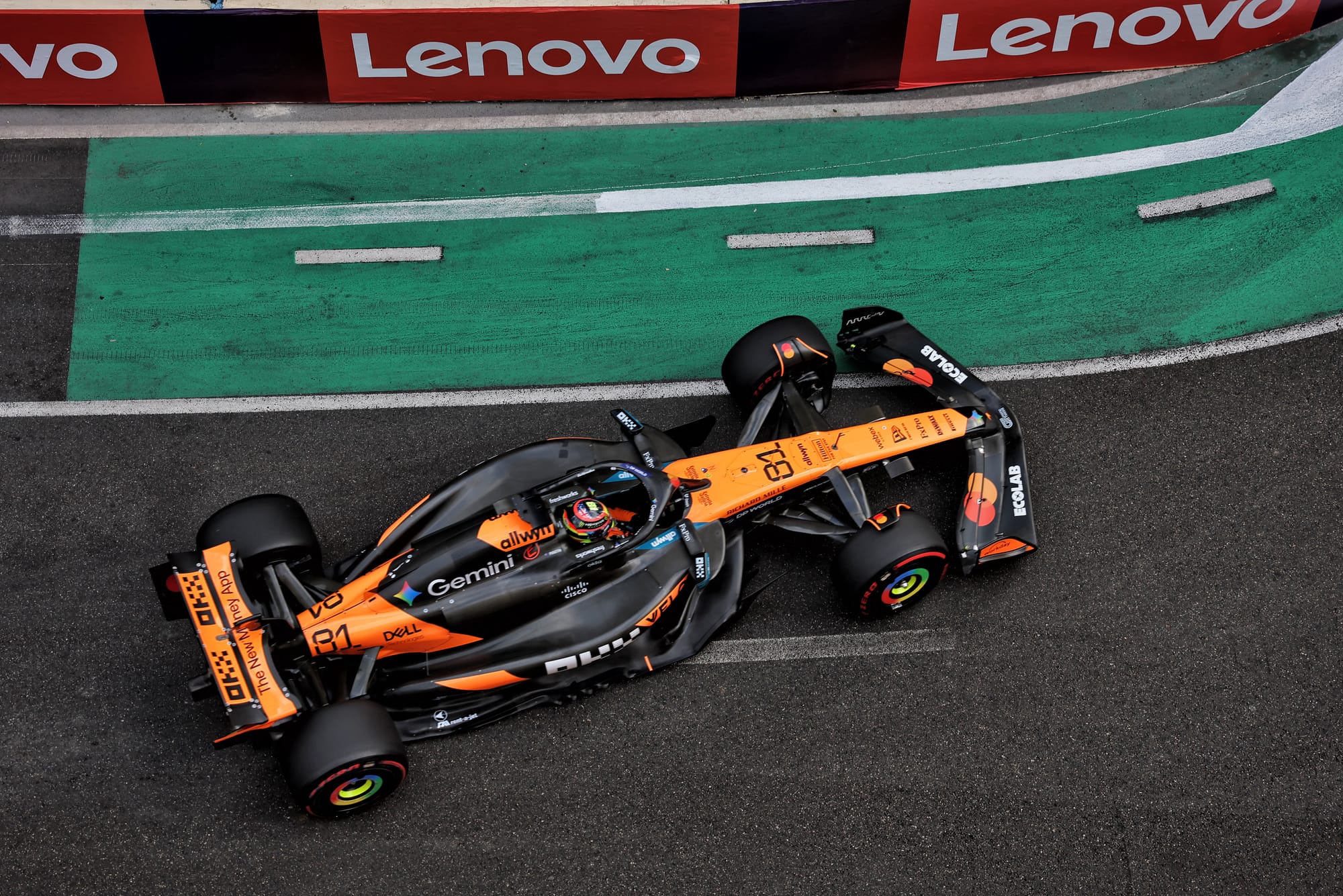
Piastri found a gust into Turn 3 and he was out of Q3, just like Leclerc a few minutes earlier.
In trying to assess where the laptime was on a track which felt radically different from one lap to the next, Piastri felt good grip into Turn 1, took a little more entry speed in – and it worked.
But that was the headwind. For Turn 3, he was more committed in the braking zone than the tailwind allowed – especially as it suddenly gusted an extra 15km/h just as he was standing on the brakes.
Which potentially presented a valuable opportunity to team-mate Norris, who’d himself been off the day before. So in that final three-minute dash – something very familiar over the years here – McLaren wanted to play it safe. They sent him out first.
“Yes, potentially the track would improve for those cars behind him,” explained team boss Andrea Stella, “but in our situation we didn’t want to be at greater risk to yellow or red flags, with no laps on the board. It also allowed him to warm up the tyres as much as he wanted on the out-lap.”
Norris was marginally quicker than Verstappen through the first part of the lap but lost a chunk of time to the Red Bull through the T5-6 chicane, where Verstappen was able to hustle the Red Bull with greater abandon and improvisation.
But the big loss came through the biggest gamble corner of the lap, Turn 15, where Leclerc had come to grief as a tailwind blew. How much speed do you dare take in? Norris clunked his right-rear against the wall, making the lap good only for P7.
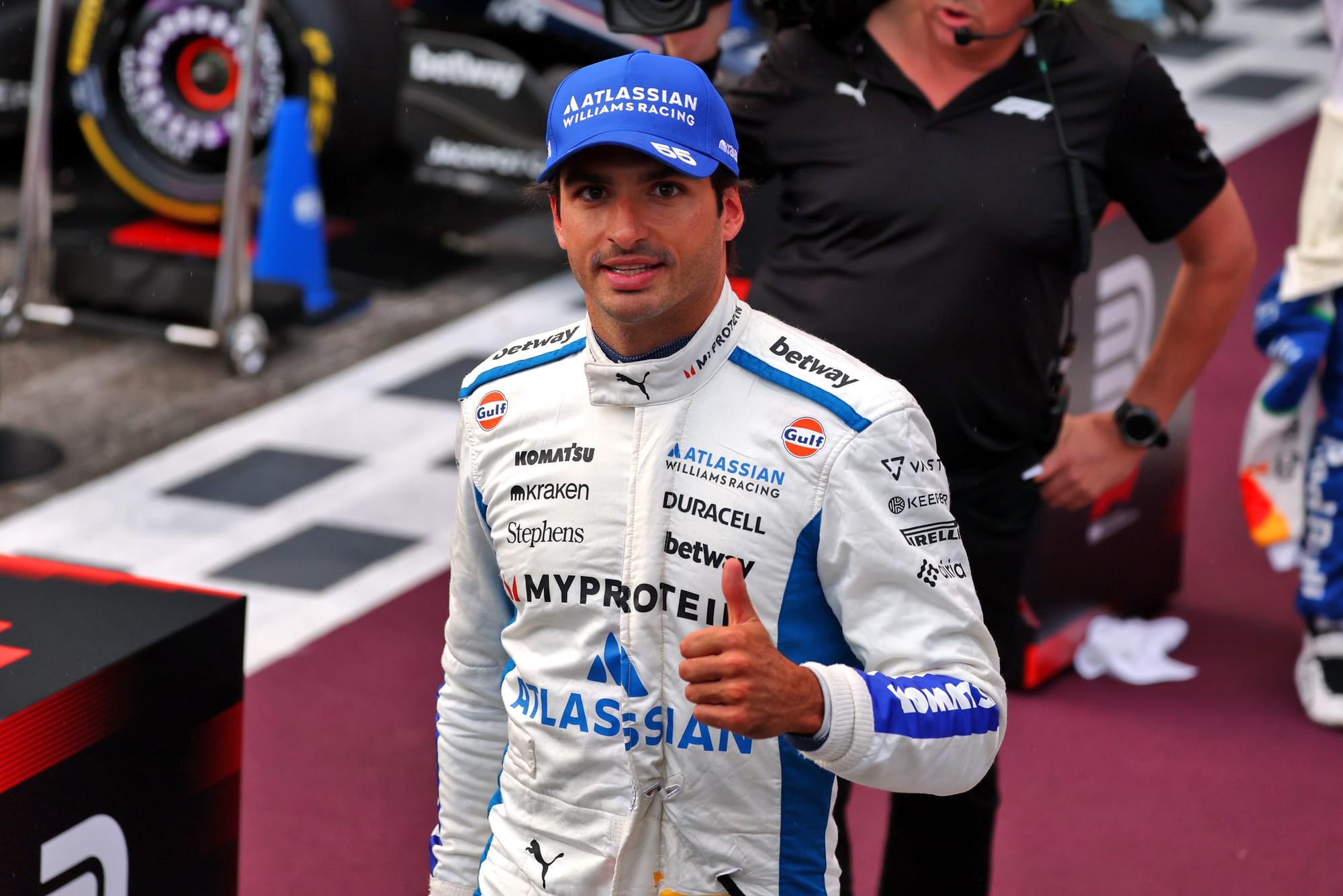
Sainz drove another great lap and was close to still improving on his provisional pole, securing Williams its first front row start since either Spa 2021 (if you count that non-race as a start) or Monza 2017.
The driveable Racing Bulls allowed Liam Lawson to lap only 0.1s slower than Sainz for P3, ahead of the Mercedes of Kimi Antonelli (almost flawless in such demanding conditions) and George Russell (still feeling unwell).
Ferrari was genuinely quick here, perhaps not quite Red Bull/McLaren-quick but close enough that Leclerc and Lewis Hamilton might have been in the mix in such changeable circumstances.
More from Baku
Winners and losers from F1 2025 Azerbaijan GP qualifying
Why McLaren is suddenly fearing a Verstappen title comeback
Leclerc and Hamilton wanted each other's tyres in botched qualifying
Ocon thrown out of Baku F1 qualifying over rear wing flex
Verstappen beats Sainz to pole in chaotic, crash-filled Baku F1 qualifying
Yet they start P10 (courtesy of Leclerc’s crash) and P12 (courtesy of Hamilton suffering for the yellow flags caused by Leclerc running straight on into Turn 1 in Q2).
They’d converged to Leclerc’s lower wing rather than the bigger one used by Hamilton on Friday – and now on the same engine modes, too, still Lewis was genuinely quick here. In truth, quicker than Leclerc.
“Lewis was a lot more on the pace straightaway than me and more consistent,” Leclerc admitted. “I’ve been struggling massively. Normally I come to Baku and everything flows naturally but it just wasn’t the case.
"I think I understood why and for qualy I changed a lot the car to change the feeling. It was getting better – until we put the medium on and everything just went.”
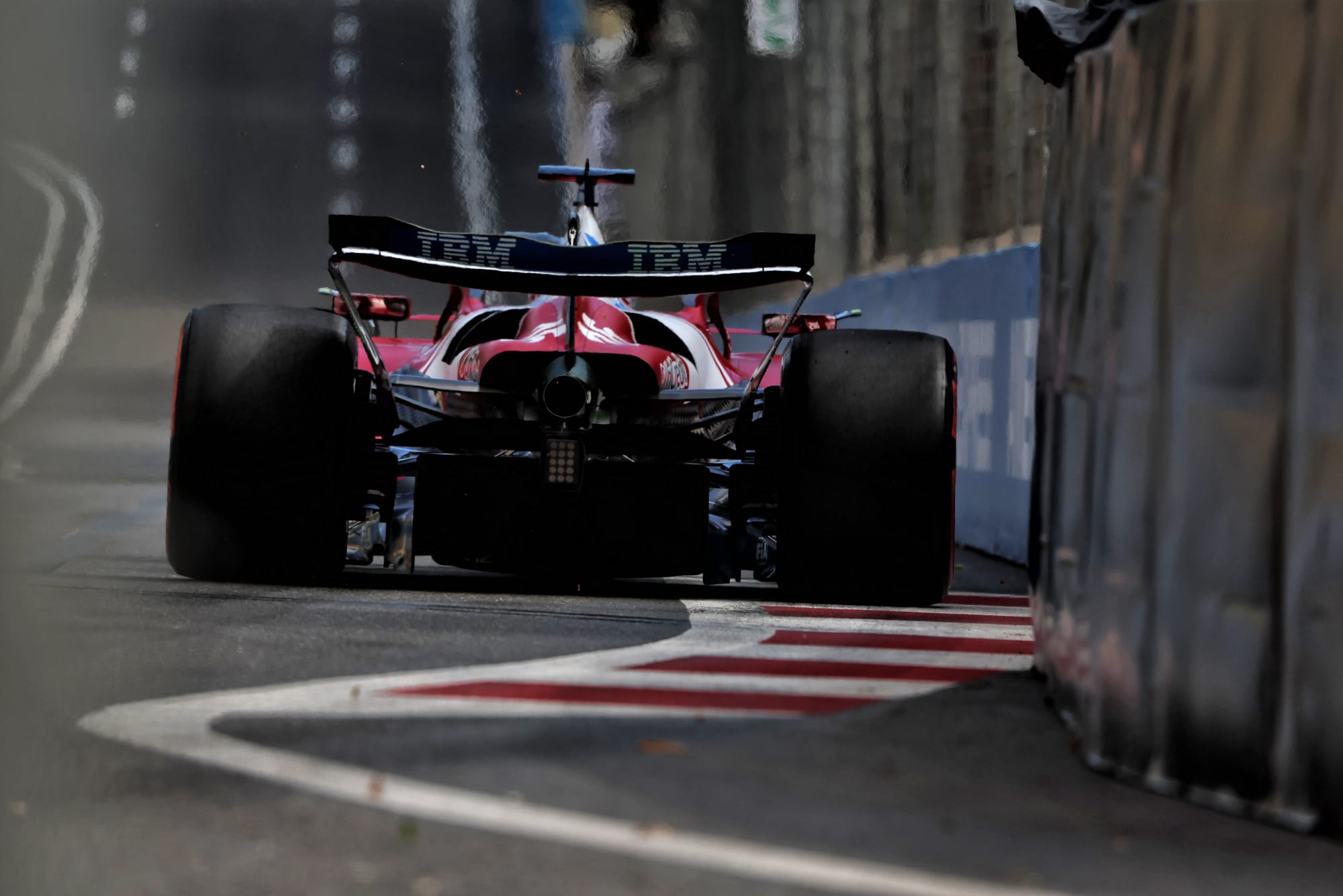
Just like the McLaren, the theoretically better tyre just did not work on this car in Saturday’s conditions. The warm-up difficulties just made it a much higher maintenance tyre than the day before.
Nonetheless Hamilton had wanted it for Q2 but was overruled. When Leclerc created the yellows in front of him, Hamilton’s opening lap was destroyed. He suffered a Turn 16 moment from the wind on his subsequent lap and by the time he’d then done a further recharge lap the softs were pretty much finished and so his final lap wasn’t good enough.
There was no more fuel to squeeze in another.
From such a mixed-up grid we might expect an incident-filled race. Let’s see what’s written on the wind.


